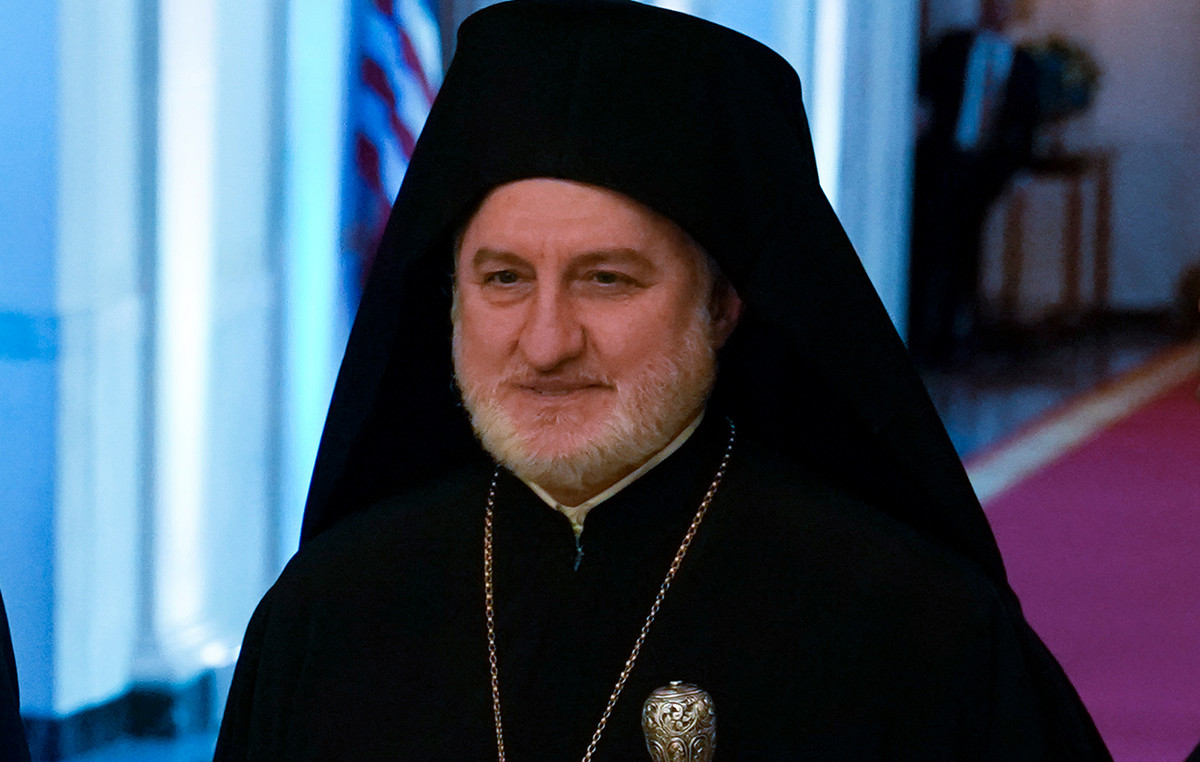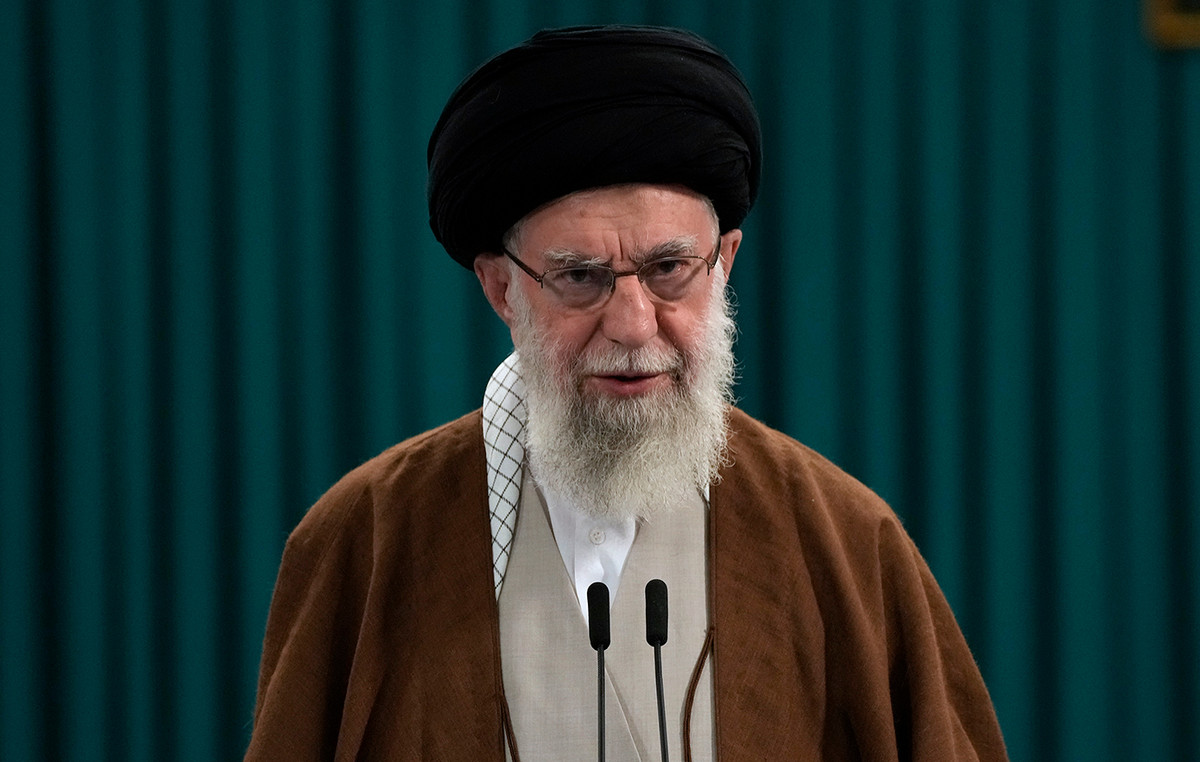Cumbre Vieja volcano on the Spanish island of La Palma was silent for the second day on Wednesday (15), giving scientists the first chance to study the main crater from its rim, while the eruption appeared to be nearing completion after three months.
A group of scientists collecting geochemical gas data reached the crater at 13:00 GMT, said the Canary Islands Institute of Volcanology, Involcan, sharing the first footage from inside the volcano’s most active vent not taken by a drone.
The La Palma volcano was restless since its seismic activity, but stopped on Monday night. It is the longest tremor-free period since the eruption began on September 19th.
Although scientists and monitoring systems have detected no signs of volcanic activity, except for occasional and sporadic vapors, authorities have warned that the next few days will be crucial as it is not uncommon for volcanoes to resume lava expulsion.
The eruption response committee said that, to confirm that the eruption was finally over, “the recorded and observable data must remain at current levels for 10 days.”
“The best thing to do is not to give false hope, for example, in the 1949 eruption it stopped for several days and several days later it was reactivated,” geologist Eumenio Ancoechea told Reuters.
The eruption, which sent rivers of molten rock down the slopes of the Cumbre Vieja for weeks and expanded the island’s size by more than 48 hectares, is the longest on La Palma, according to records dating back to the 16th century.
Thousands of people were evacuated, at least 2,910 buildings were destroyed and the island’s main livelihood, the banana plantations, were devastated.
Reference: CNN Brasil
I’m James Harper, a highly experienced and accomplished news writer for World Stock Market. I have been writing in the Politics section of the website for over five years, providing readers with up-to-date and insightful information about current events in politics. My work is widely read and respected by many industry professionals as well as laymen.







